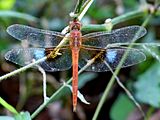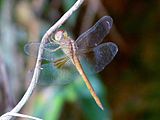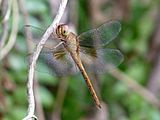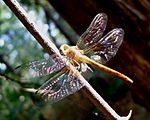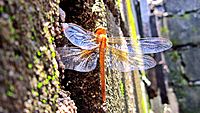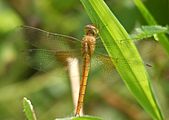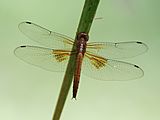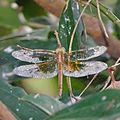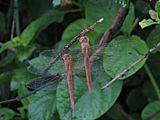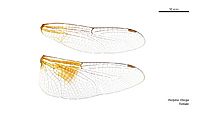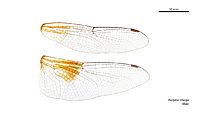Coral-tailed cloudwing facts for kids
Quick facts for kids Coral-tailed cloudwing |
|
|---|---|
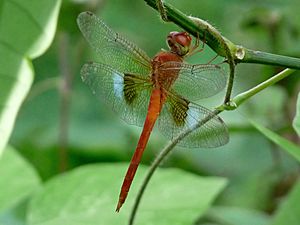 |
|
| male | |
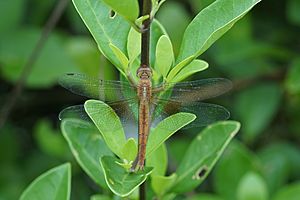 |
|
| female | |
| Conservation status | |
| Scientific classification | |
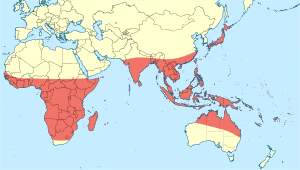 |
|
| Synonyms | |
|
The coral-tailed cloudwing, also known as Tholymis tillarga, is a type of dragonfly. It belongs to the Libellulidae family, which includes many common dragonflies. You can find this amazing insect in warm, tropical areas. Its home stretches from West Africa all the way to Asia, Australia, and the Pacific Islands.
People call this dragonfly by many names. Some common ones are old world twister, evening skimmer, and foggy-winged twister. These names often hint at its unique flight or appearance.
Contents
Meet the Coral-Tailed Cloudwing: Appearance and Home
This dragonfly is a medium-sized insect. It has reddish eyes that stand out. Its body, called the thorax, is a yellowish-red color. The tail, or abdomen, is a bright coral red. This gives the dragonfly its "coral-tailed" name.
Wings of the Cloudwing: What Makes Them Special?
The wings of the coral-tailed cloudwing are mostly clear. However, its back wings have a special design. There's a golden-brown patch near the base of each hind wing. Next to this, you'll see a cloudy-white patch. This white patch is very noticeable and gives the dragonfly its "cloudwing" name.
Spotting the Difference: Males vs. Females
It's easy to tell the difference between male and female coral-tailed cloudwings. The male has the distinct cloudy-white patch on its hind wings. Female dragonflies, on the other hand, are mostly brown. They do not have the cloudy-white patches on their hind wings.
Where Do They Live? Understanding Their Habitat
The coral-tailed cloudwing is a migratory species. This means it travels long distances. It lives permanently in the humid, wet parts of tropical regions. These dragonflies like to lay their eggs in still water. They prefer places like weedy ponds, swamps, and calm lakes.
When Are They Active?
These dragonflies are most active during special times of the day. You can often see them flying around at dusk and dawn. This is when the sun is just rising or setting. They also fly during cloudy days when the sun isn't too bright.
Gallery



